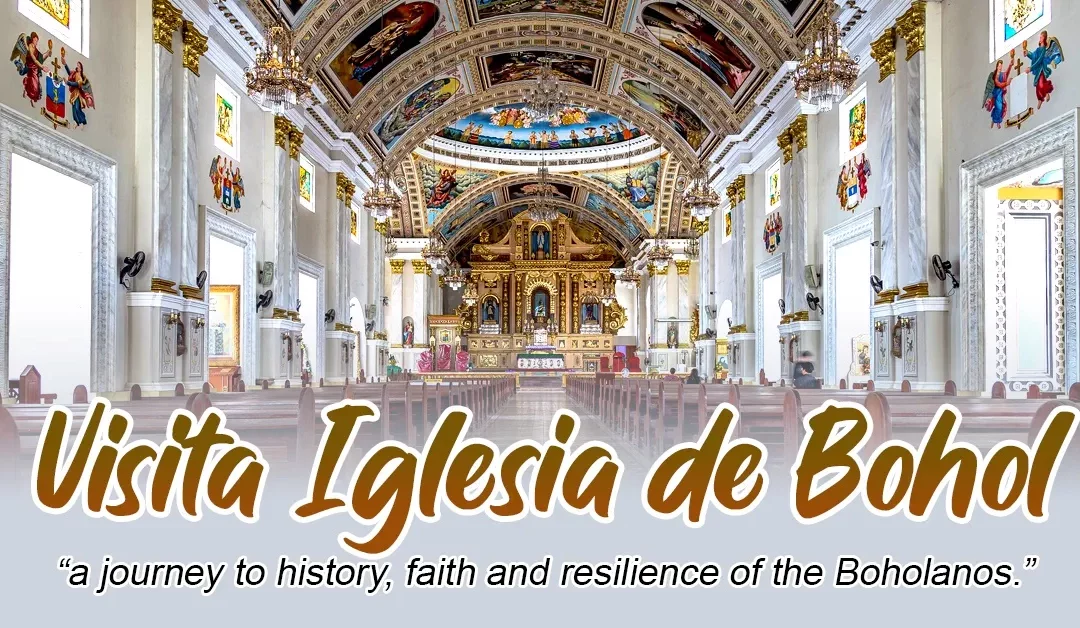Your pilgrimage to 7 Bohol Churches not only during lent but-all-year round.
St. Joseph the Worker Cathedral
(Tagbilaran City)
The Cathedral of St. Joseph the Worker is the main seat of the Catholic faith in Bohol, with the church bearing the name of the province’s patron saint. St. Joseph the Worker Cathedral is located on Carlos P. Garcia Avenue, Tagbilaran City—the capital of the province of Bohol. It stands within the same area where the city hall and the city plaza are located, a typical setting based on Spanish influence in the country.
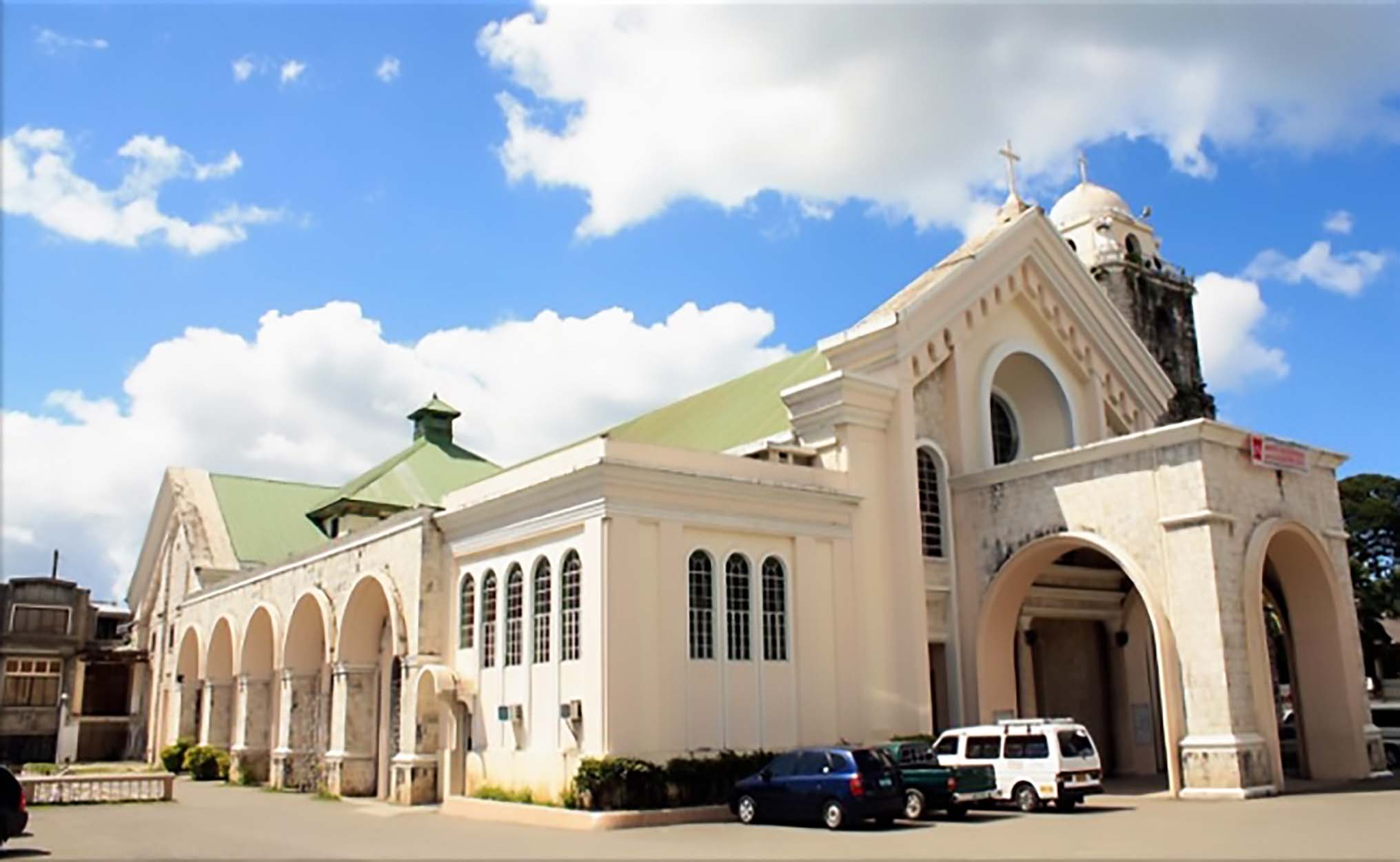
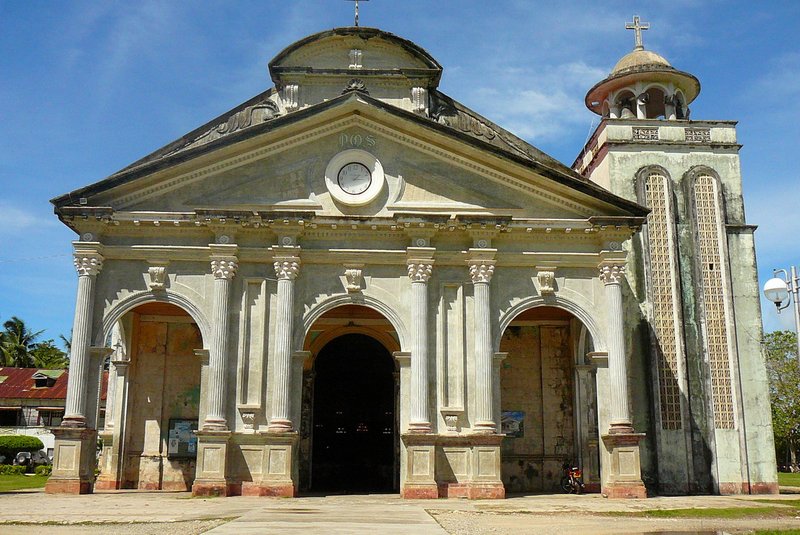
St. Augustine Parish Church
(Panglao)
The church of St. Augustine stands on the southwestern side of Panglao Island, and is 18 kilometers from Tagbilaran City, the capital of the province of Bohol. It snugly nestles on a plain, its back close to the seashore, its right side facing a big, wide plaza which serves as the venue of the town’s many religious and social activities. In addition to the massive stone church which is clearly of Spanish-time vintage, one can see across the spacious plaza other landmarks of Spain’s occupation: the watch tower, said to be the tallest of its kind in the Philippines, and the old municipal building and school houses made of huge stone blocks.
Our Lady of the Assumption Parish Church
(Dauis)
Dauis Church, also known as the Church of Our Lady of the Assumption, is located in Dauis, a small peaceful town from the Island of Panglao. It was declared as a National Historical Landmark by the National Historical Commission.
Dauis Church was built in 1697 by the first Spanish missionaries. It was founded by Fr. Diego de Ayala and Fr. Joseph Gregorio of the Jesuit order. After 1753, the Jesuits moved their main residence from Loboc and Fr. Joseph Nepomuceno built a convent in the church complex which became their official residence. The Jesuits were expelled from the Philippines in 1768 and all their missions were turned over to the Augustinian Recollects.
Since then, the Dauis Church has been renovated several times and in 1863, Fr. Julio Saldana began the construction of the present Dauis church. It was later finished by Fr. Natalio del Mar in 1923.
The church is a mixture of neo-gothic and neo-classical architecture. It has a bell tower made of corals. Inside, tourists will witness the 18th century interior of the church and murals painted on the ceiling by Ray Francia in 1916.
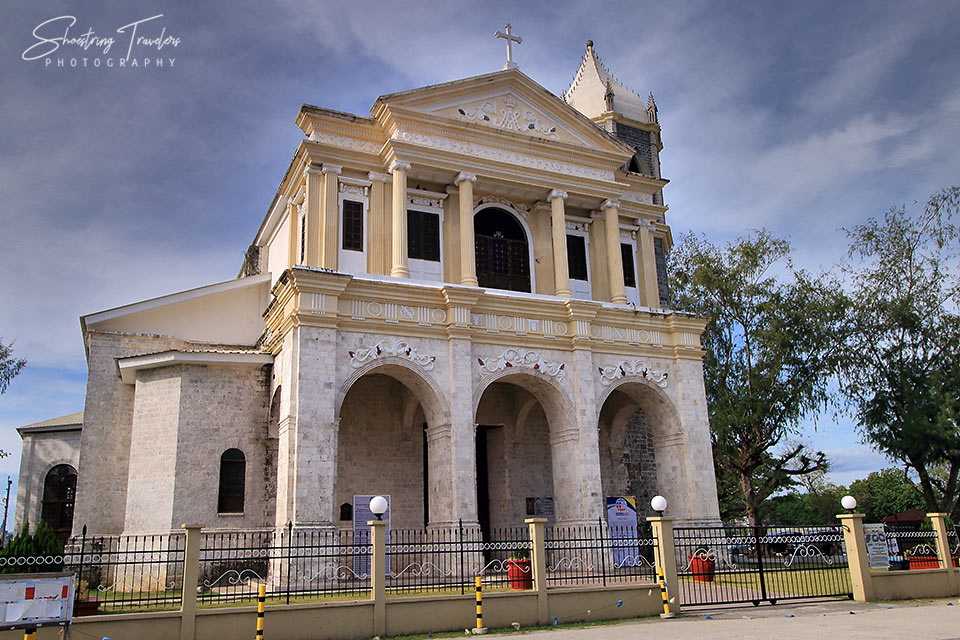
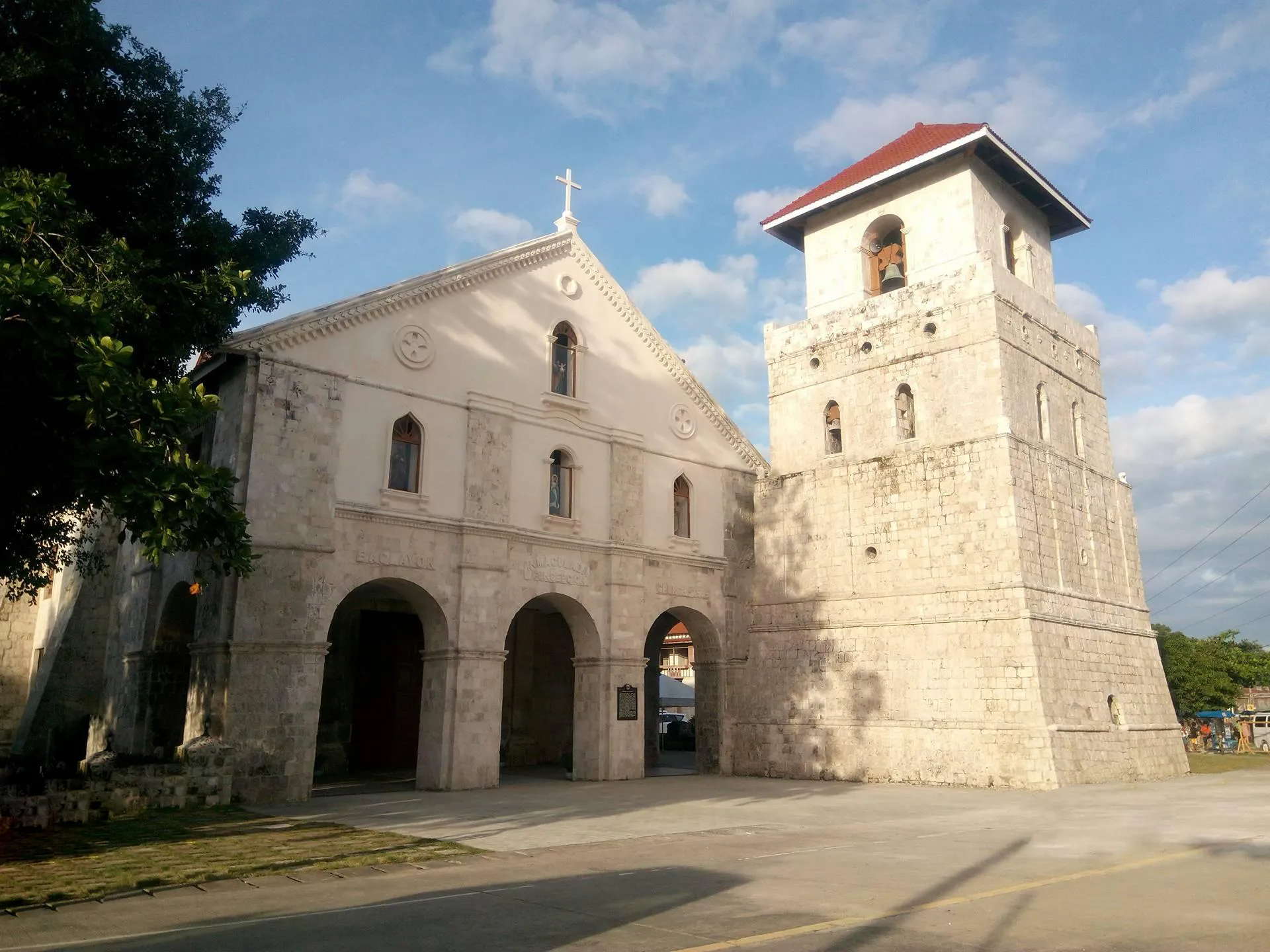
Our Lady of the Immaculate Conception Parish Church
(Baclayon)
Baclayon Church in Bohol is a declared National Cultural Treasure and National Historic Landmark. It is one of the Philippines’ oldest Catholic churches — structurally original and still with authentic materials — dating back to 1727. The actual parish missionary (officially named La Purisima Concepción de la Virgen Parish) was founded by Jesuits in 1596, only a few decades after Spanish conquistadors arrived.
Photo by J. Balsamo via Twitter
Sta. Monica Parish Church
(Alburquerque)
The Alburqerque Church, is a Roman Catholic church in the municipality of Alburquerque, Bohol, Philippines. The said parish is under the jurisdiction of the Diocese of Tagbilaran and was declared by the National Museum of the Philippines as Important Cultural Property in 2013.
Boholanos call the town “Albur.” Located along the highway is the church complex built on a low knoll. The Albur parish was established in 1869 after being separated from Baclayon, Bohol. An 1886 reports indicates that the church was built of light materials, however, the convento described as “de grandes dimensiones” was already standing.
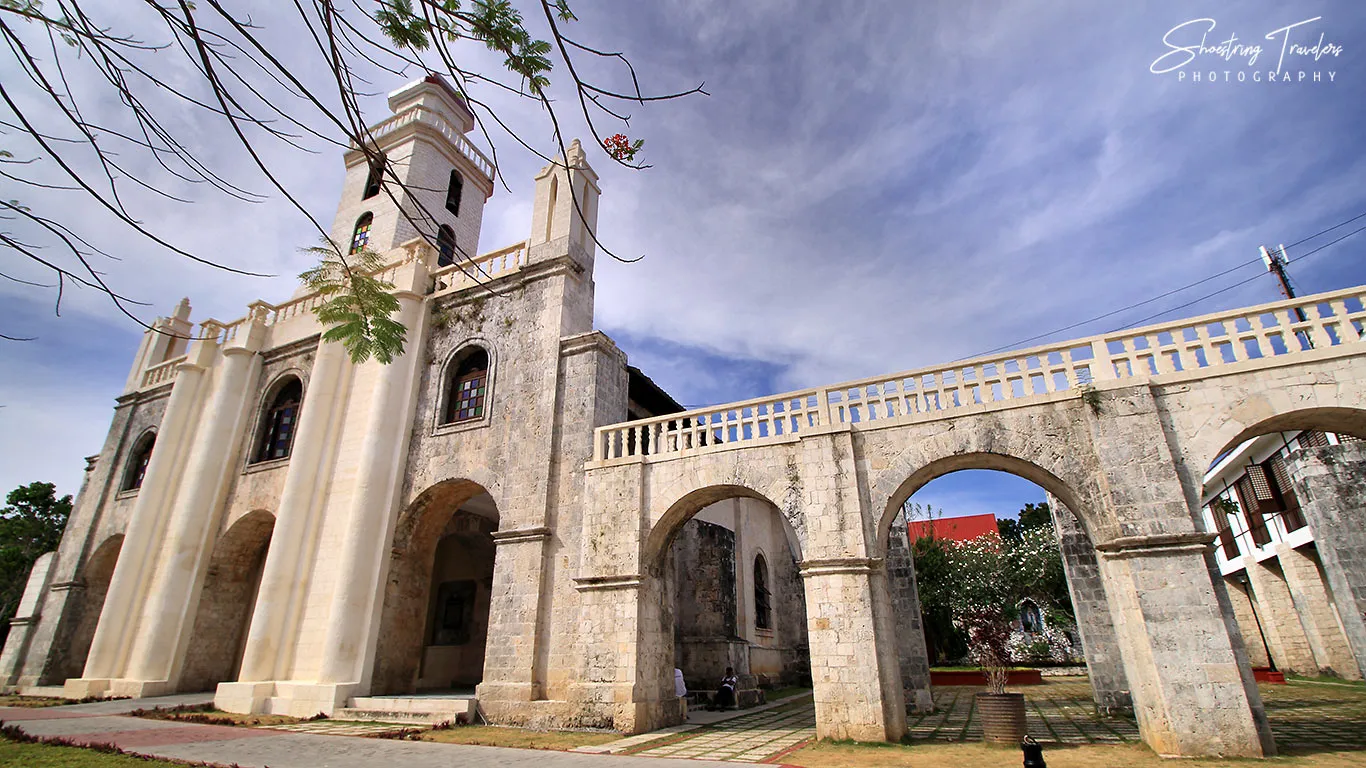
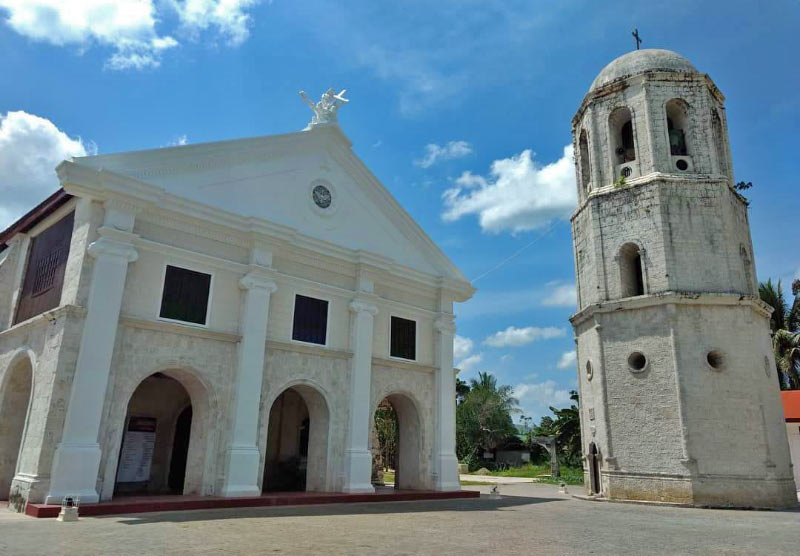
Photo by: J Balsamo via Twitter
Holy Trinity Parish Church
(Loay)
Another old and charming church, loay parish is located west of tagbilaran city, Bohol. The church is cruciform, has two facades: the older is decorated with low relief and the newer was apparently completed in the 20th century as its upper register is in reinforced concrete. The whole is surmounted by cement statues depicting the virtues.
The bell tower is a separate structure built at a short distance from the church. Like many Bohol churches the interior is painted with trompe o’eil and with Biblical scenes. The altars are in the Neoclassical style.
The bell tower is a separate structure built at a short distance from the church. Like many Bohol churches the interior is painted with trompe o’eil and with Biblical scenes. The altars are in the Neoclassical style.
St. Nicholas Parish Church
(Dimiao)
The San Nicolas Tolentino parish is in Dimiao, Bohol. The date of the parish’s foundation is uncertain, although by 1750 there are records of baptism in the parish. The church may have been built toward the later half of the 19th century.
The structure of cut stone is cruciform, though its transept is short. The facade can be described as Neobaroque. Although classical overall, shallow reliefs of flowers arranged as vertical bands decorate the facade. The facade is flanked by twin octagonal towers.
Its heritage features are described as follows: The church interior is simple, coming to a focus at the Neoclassical altars. One of the side altars is missing. The convento is located behind the church and is now a school.
Beside the church are the ruins of what appears to be cemetery and two mortuary chapels. Archaeological excavations in the area have uncovered very little remains, probably the site was never used.
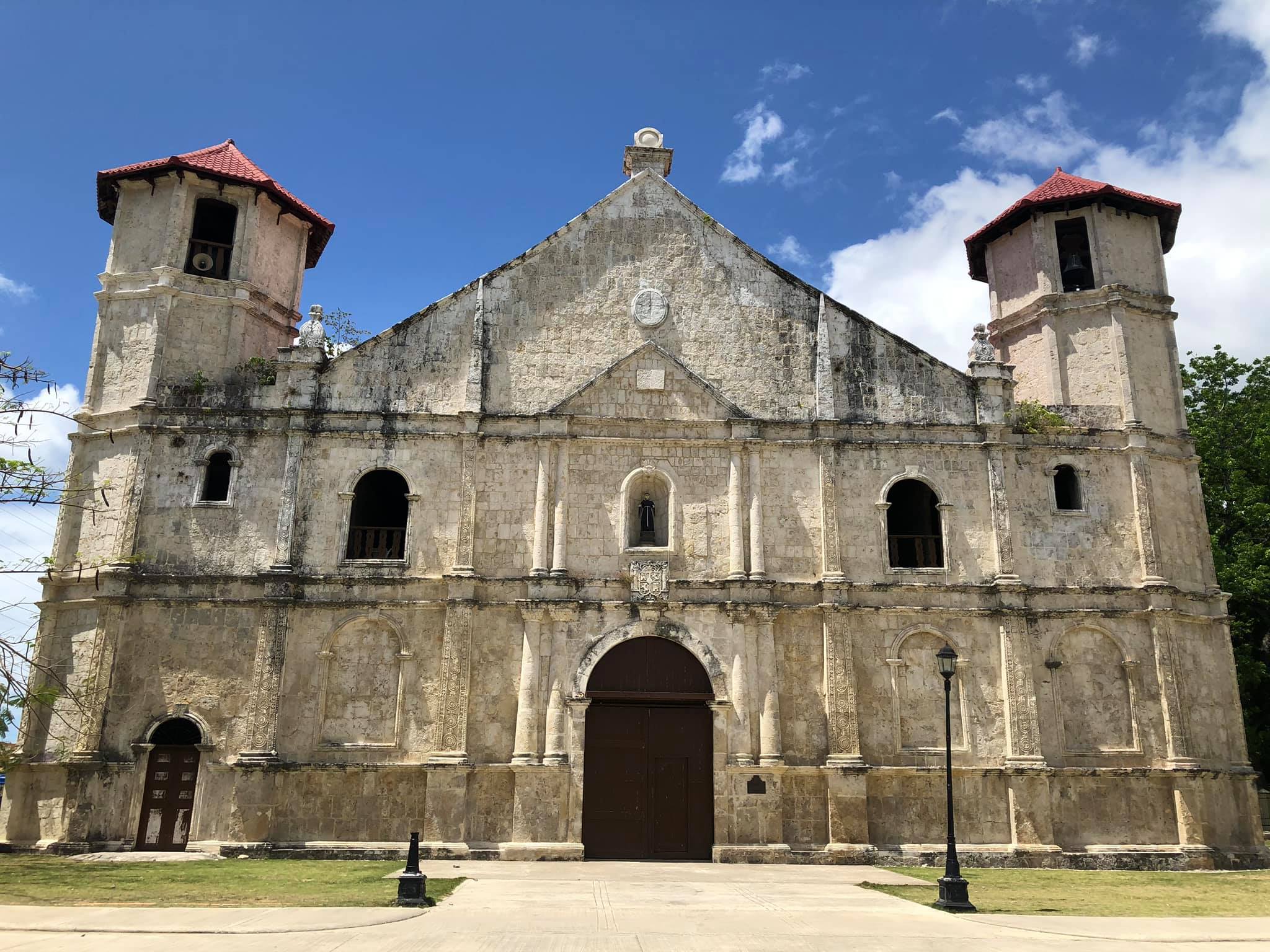
Photo by National Museum Bohol
Events/Interesting Lenten Rites:
- Procession de Pasos – Holy Wednesday (Baclayon/Tagbilaran)
- Procession de Santo Entierro – Holy Wednesday (Baclayon/Tagbilaran)
- Sana-sana – Practice for Easier Sunday Hugos (Loboc/Panglao)
- Sugat – Dawn of Easter Sunday (Panglao)
Options:
- Our Lady of Mt. Carmel Parish Church (Balilihan)
- St. Vincent Ferrer Parish Church (Calape)
- Blessed Trinity Cathedral (Talibon)
- Sto. Niño Parish Church (Valencia or Anda)
- St. John the Baptist Parish Church (Garcia Hernandez)
- St. Michael de Archangel Parish Church (Jagna)
- Immaculate Conception Parish Church (Duero)
- Nuestra Señora de la Consolacion Parish Church (Guindulman)

